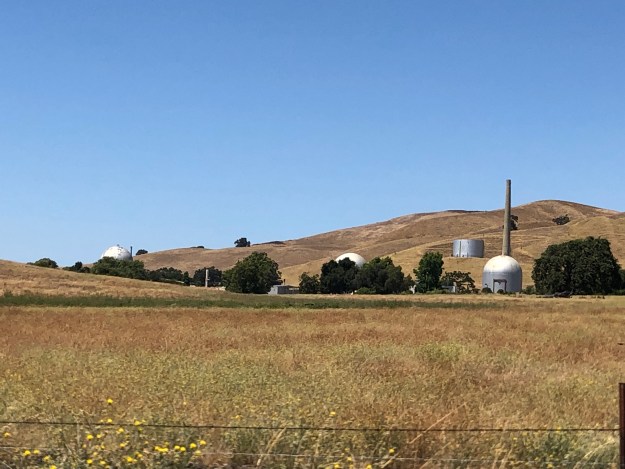On the corner of Ruby Hill Avenue and Monroe Street is the Eureka Sentinel Museum, housed in the old Eureka Sentinel newspaper building in Nevada.

An unassuming display case of artifacts from the Sentinel offices contains the 1954 Nuclear-Chicago Model 2302 Super Sniffer.
To capitalize on the uranium fever spreading across the West, Nuclear-Chicago created this low cost, general purpose instrument for the detection of x-rays, gammas, and high energy betas, specifically designed for uranium prospecting. Using standard flashlight batteries, it could be used continuously for up to 2 hours. The unit came with earphones, batteries, radioactive check source, a U.S. government prospecting book and instructions — all for $49.50.

Nuclear-Chicago was founded by Jim Schoke, and later joined by John Kuranz and Thomas Mitchell, in 1946. All three were members of the Army’s Special Engineer Detachment of the Corps of Engineers and worked on the Manhattan Project at the Metallurgical Laboratory (MetLab) at the University of Chicago working for the instrument group.
Enjoy the 1955 Warner Bros. short film, “Uranium Fever.”







